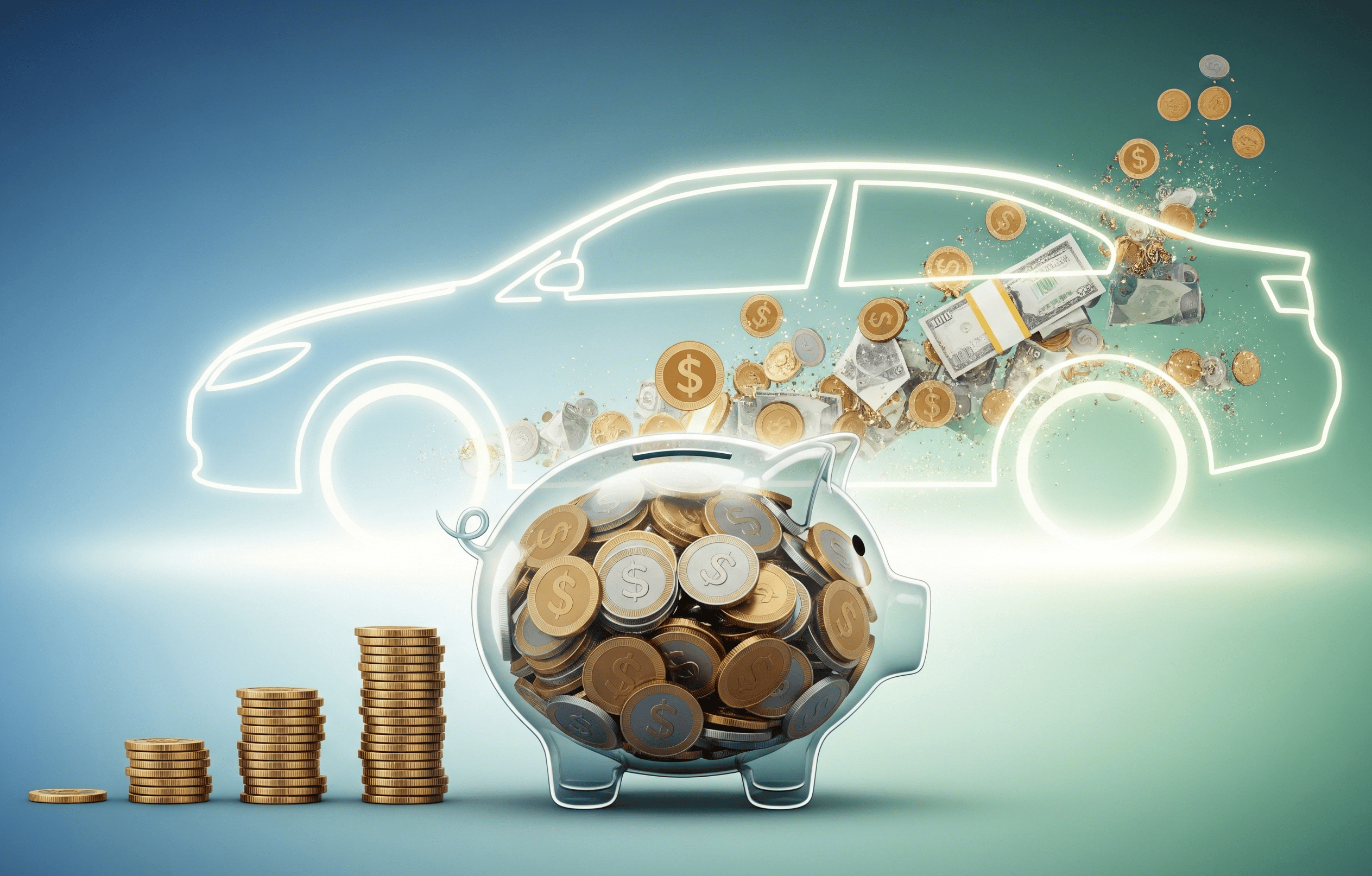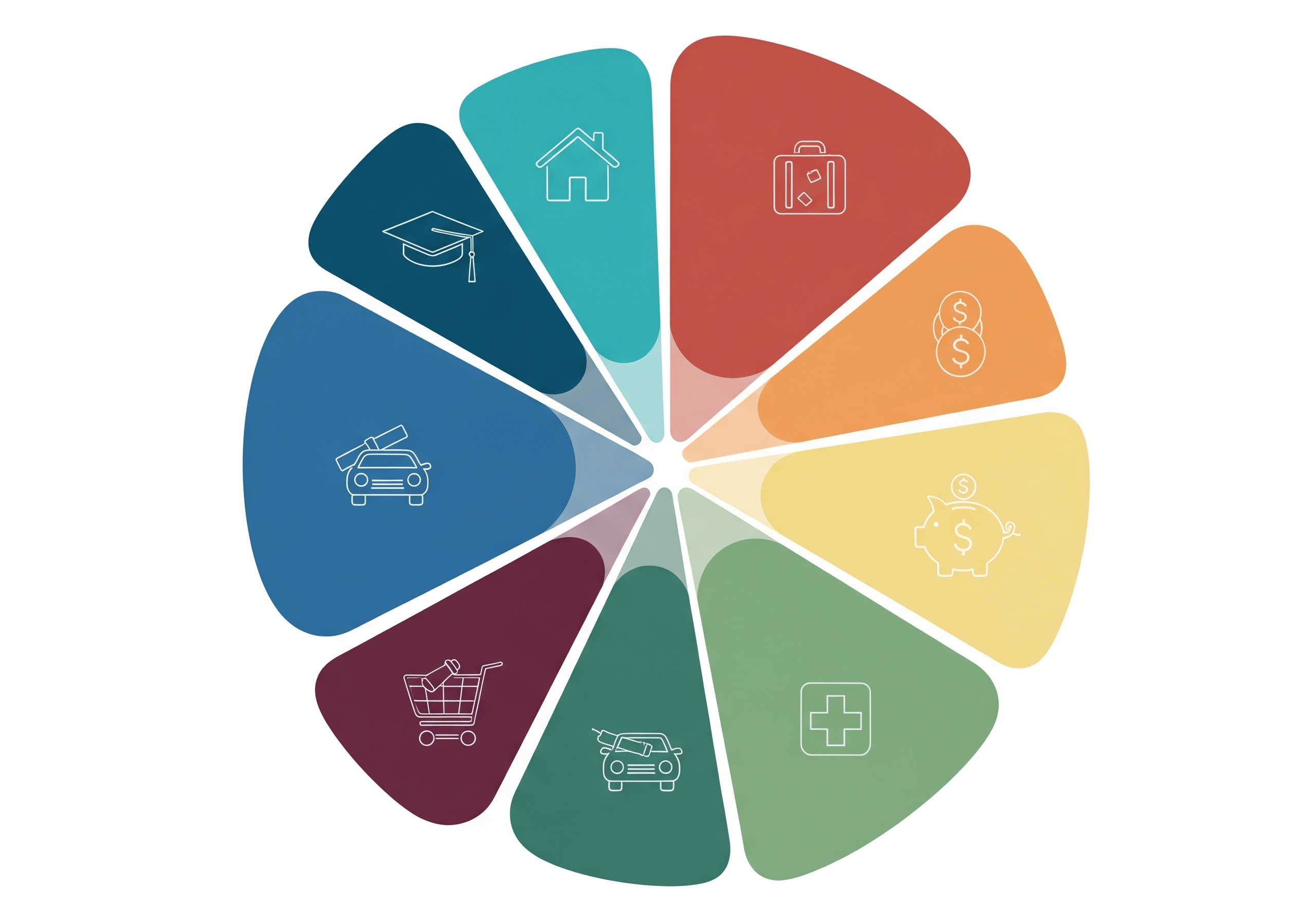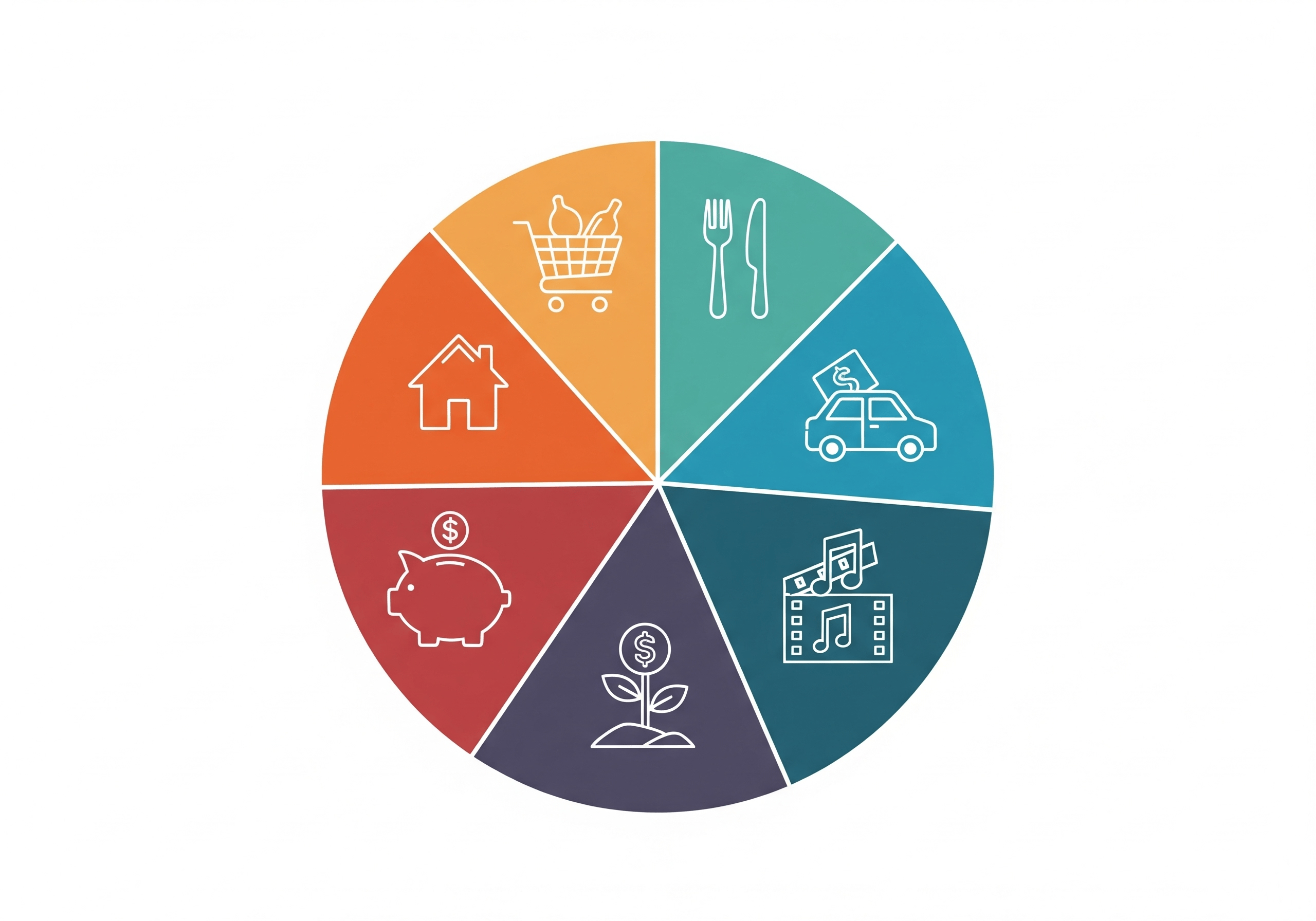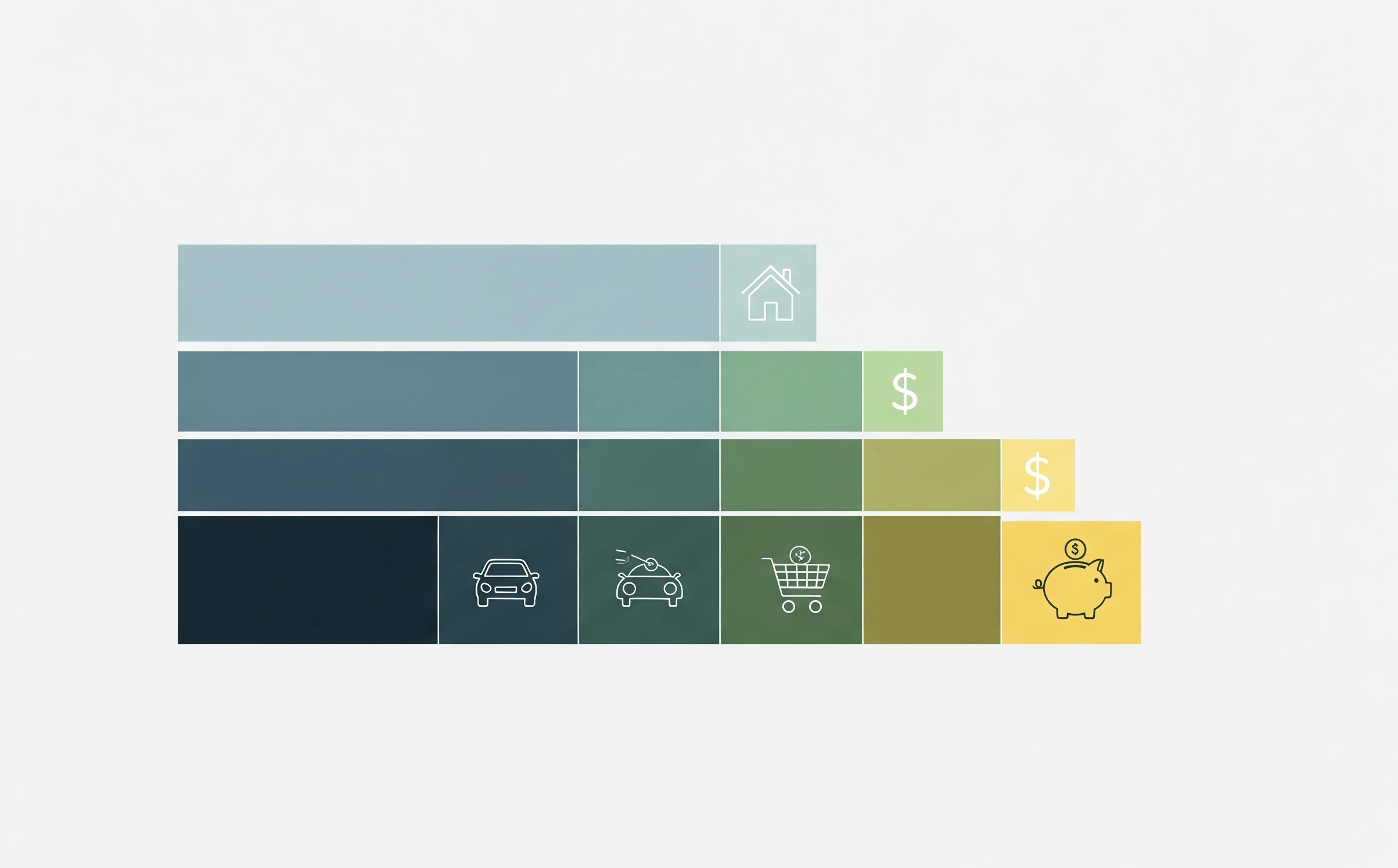Saving for a car can be an overwhelming goal when you factor in the rising prices, dealership fees, and inconsistent interest rates. While necessary for anybody in the modern-day work face, the whole process of saving for a car shouldn't have to derail your finances completely. In this guide, we break down how much you should realistically save, how car-buying rules are evolving in today's market, and why more people are ditching loans and saving upfront. We'll cover the best places to keep your savings growing safely, how to strengthen your credit along the way, and why pairing your savings with a credit builder like Cheers could give you a better shot at lower rates or even buying in cash. If you're aiming for financial freedom behind the wheel, this is your roadmap.
How Much Should You Save for a Car?
How much should I consider putting away when saving for a car? While seemingly straightforward, it ultimately comes down to whether you're paying in cash or financing with a loan or lease.
Let's break it down:
- Down payment for a new car: 10% to 20% of the car's price. On a $30,000 vehicle, that's $3,000 to $6,000.
- Down payment for a used car: 10% or more. For a $15,000 used car, expect to save at least $1,500 to $2,000.
- Extra costs to consider: Sales tax, title, registration, insurance, and any dealership fees. These can easily add another $1,000 to $3,000, depending on your state and situation.

If you're buying outright, aim to save the entire amount plus about 10% extra to cover those costs.
Why Cash-First Buyers Are on the Rise
One of the biggest trends right now: more Americans are skipping auto loans altogether. With high interest rates and longer loan terms stretching into six or seven years, Reddit's personal finance community and experts from Bankrate are pointing out the long-term risks of financing. Buying in cash (or putting down more upfront) gives you more leverage, freedom to negotiate, and zero interest to worry about. And if you do need to finance, a higher down payment lowers your monthly payments and may qualify you for a better rate, especially if your credit score's in the fair-to-good range.
The 20/4/10 Rule Isn't Dead-It's Just Being Rewritten.
The classic car-buying formula says:
- Put down 20%
- Take out a loan no longer than 4 years
- Keep your monthly payment under 10% of your gross income
However, inflation and wage stagnation have made this guideline more challenging to follow. Instead of abandoning it, many are tweaking it.
If 20% down isn't realistic, aim for what you can afford in 6-12 months of saving. If a 4-year loan results in payments that are too high, consider looking for low-mileage used cars that retain their value and avoid the depreciation associated with new vehicles.
The updated version? Buy what you can truly afford, not just what you can get approved for.
Where to Park Your Savings (So They Grow)
Stashing your car fund in a checking account might feel safe, but it leaves growth on the table. A better option is to move your savings into accounts designed to earn interest while keeping your money accessible and available. High-yield savings accounts are a popular option, with many offering annual returns of 4% or more. If your timeline is fixed, say, you know you'll buy in six to twelve months, short-term CDs (Certificates of Deposit) can lock in an even higher rate. Some savers take it a step further and use automated savings tools or envelope budgeting to stay disciplined, treating their car fund like a non-negotiable monthly expense. For those looking to build credit while they save, a credit-building savings program like Cheers can offer both benefits: consistent savings and monthly credit reporting. The goal is to let your savings grow quietly in the background while you focus on hitting your target amount.
Build Credit While You Save for a Car
Here's something most people miss: building your credit while saving for a car puts you in a stronger position, especially if you plan to finance.
Credit scores directly affect the interest rate on your loan. Better credit can mean saving thousands over the life of a loan.
That's where Cheers Credit Builder comes in.
Cheers is a credit-building installment plan that reports your monthly payments to all three major credit bureaus. There's no setup fee, no membership fee-just a simple 1% APR. And the best part? Your payments aren't going to a lender-they're going to you. At the end of your term, you get back everything you paid, minus the low interest.
You build credit while stacking savings toward your down payment or purchase goal.
If you don't have a credit card or don't want to rely on one, Cheers is a great alternative. Additionally, your first payment is reported quickly (as early as the next business day after signup), so your credit journey begins immediately.
What to Do Right Now
If a car purchase is on your radar, waiting until your current vehicle breaks down or a deal presents itself isn't the best move. Start with a plan. First, decide whether you're aiming to buy outright or take on a loan. From there, calculate your total savings goal, including costs like taxes, registration, and insurance. Open a dedicated savings account or CD that keeps your car fund separate and growing. Then, layer in a credit-building plan, such as Cheers, so you can improve your financial profile while saving. Finally, automate transfers from your checking to your car fund every payday. When savings become routine, reaching your target gets easier-and faster. Every month you save brings you closer to driving away with confidence.










.png)





